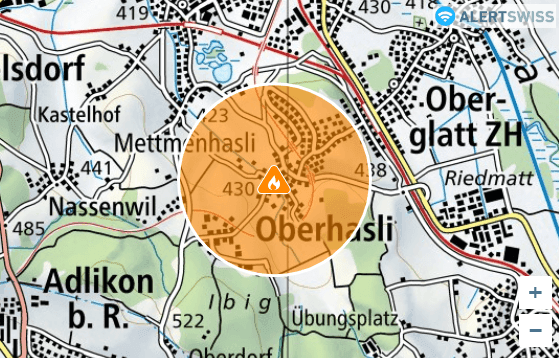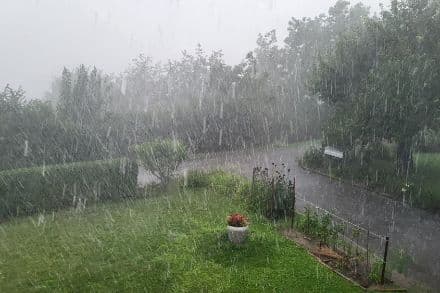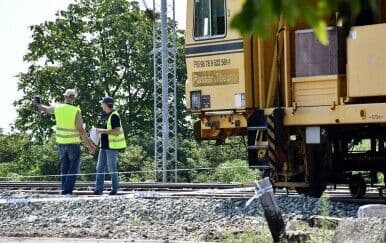Below the Surface: The Belchentunnel Blaze and the Unseen Strength of Switzerland's Infrastructure
Explore the Belchentunnel fire: a single blaze that tested Switzerland's critical infrastructure. Discover the rapid emergency response & unseen systems ensuring road safety.

The Unexpected Halt: A Routine Drive Interrupted
Picture a typical Monday afternoon commute through the , a vital artery on Switzerland's A2 motorway. For many, it’s a familiar passage, a seamless part of their journey connecting regions. But on this particular Monday, shortly after 3:30 PM, the routine was abruptly shattered. A grey BMW, traveling in the direction of Basel, suddenly burst into flames deep within the tunnel. The incident, swiftly reported to the around 3:40 PM, immediately triggered an emergency response that would put the tunnel's intricate safety systems to the test. Eyewitnesses might have noticed the sudden cessation of traffic, the tell-tale signs of a major disruption, as the tunnel was instantly closed in both directions. While the precise cause of the fire was not immediately clear, initial assessments pointed towards a technical malfunction within the vehicle. Remarkably, despite the intensity of the blaze that saw the car engulfed in full flame, the driver emerged from the harrowing ordeal completely unharmed, a testament to quick thinking and, perhaps, a stroke of luck. The immediate consequence, as expected, was a significant traffic backlog, turning what should have been a smooth drive into a standstill, leaving countless commuters wondering about the unknown duration of the closure.
Rapid Response Under Pressure: Containing the Inferno
When a vehicle ignites within the confines of a tunnel, the stakes are incredibly high. The enclosed environment amplifies the danger, from smoke accumulation to structural damage, making a swift and decisive emergency response paramount. In the Belchentunnel incident, the minutes immediately following the alarm were critical. The , coordinating with local fire brigades, sprang into action with remarkable efficiency. Firefighters arrived on the scene to find the BMW already fully ablaze, a daunting sight deep underground. Yet, their training and preparedness shone through. They managed to bring the inferno under control and extinguish it rapidly, preventing a potentially catastrophic escalation. This quick containment was not just about putting out flames; it was about protecting lives and preserving the structural integrity of the tunnel itself. The fact that no one, including the driver, sustained any injuries underscores the effectiveness of the rapid deployment and the professionalism of the emergency services. Their ability to act under immense pressure, securing the area and tackling the fire head-on, minimized the immediate risk and laid the groundwork for the subsequent phases of the incident management.
Assessing the Aftermath: From Smoldering Remains to Reopened Lanes
With the immediate threat of the fire contained, the focus shifted from active firefighting to the painstaking process of assessing the damage and preparing for reopening. This phase is often unseen by the public but is crucial for ensuring safety and restoring functionality. Post-incident work in the involved a meticulous fact-finding mission and a thorough investigation into potential tunnel damage. While the initial suspicion pointed towards a technical fault in the vehicle, investigators needed to confirm this and rule out any other contributing factors. The structural integrity of the tunnel, having withstood a full-scale vehicle fire, also required careful inspection to ensure continued safety for thousands of daily users. The resilience of the infrastructure and the efficiency of the cleanup operations were truly impressive. Within approximately 90 minutes, the lane in the Bern/Lucerne direction was safely reopened, a remarkably quick turnaround given the severity of the incident. The Basel-bound lane followed, being fully reopened after about three hours. This relatively swift restoration of traffic flow, despite the significant disruption, highlighted the robust emergency protocols and the capacity to manage and mitigate impacts on one of Switzerland's busiest motorways.
Beyond the Incident: Valuing Tunnel Safety and System Resilience
The fire, while a serious event, ultimately served as a powerful demonstration of Switzerland’s commitment to sophisticated infrastructure and unparalleled emergency preparedness. It wasn't just about a car catching fire; it was about how a critical national artery withstood an unexpected crisis. The swift extinguishment of the blaze, the absence of injuries, and the relatively rapid reopening of the lanes are not mere coincidences. They are the direct result of continuous investment in advanced tunnel safety systems, rigorous emergency response training, and meticulous operational protocols. This incident reminds us that beneath the surface of seemingly ordinary commutes lies a complex web of engineering excellence and human dedication designed to protect and serve. The systems in place, from ventilation and fire suppression to seamless communication between police, fire services, and road management, proved their worth. This event reinforces the invaluable importance of prioritizing tunnel safety, not just in design and construction, but in ongoing maintenance and the readiness of those who respond when the unexpected happens. It’s a quiet reassurance that even when things go wrong, the unseen strength of Switzerland's infrastructure ensures that crucial connections endure, minimizing disruption and safeguarding lives.
Related Articles

Amidst the Haze: Oberhasli's Untold Tale of a Community Under Pressure

Amidst the Haze: Oberhasli's Untold Tale of a Community Under Pressure

Switzerland's Wet Awakening: Unpacking a Weekend of Torrential Alpine Fury

Switzerland's Wet Awakening: Unpacking a Weekend of Torrential Alpine Fury

Alpine Fury Unleashed: Navigating Switzerland's Extreme Weather Resilience

Alpine Fury Unleashed: Navigating Switzerland's Extreme Weather Resilience

Silent Whistle: Oriovac and the Urgent Call for Rail Safety
